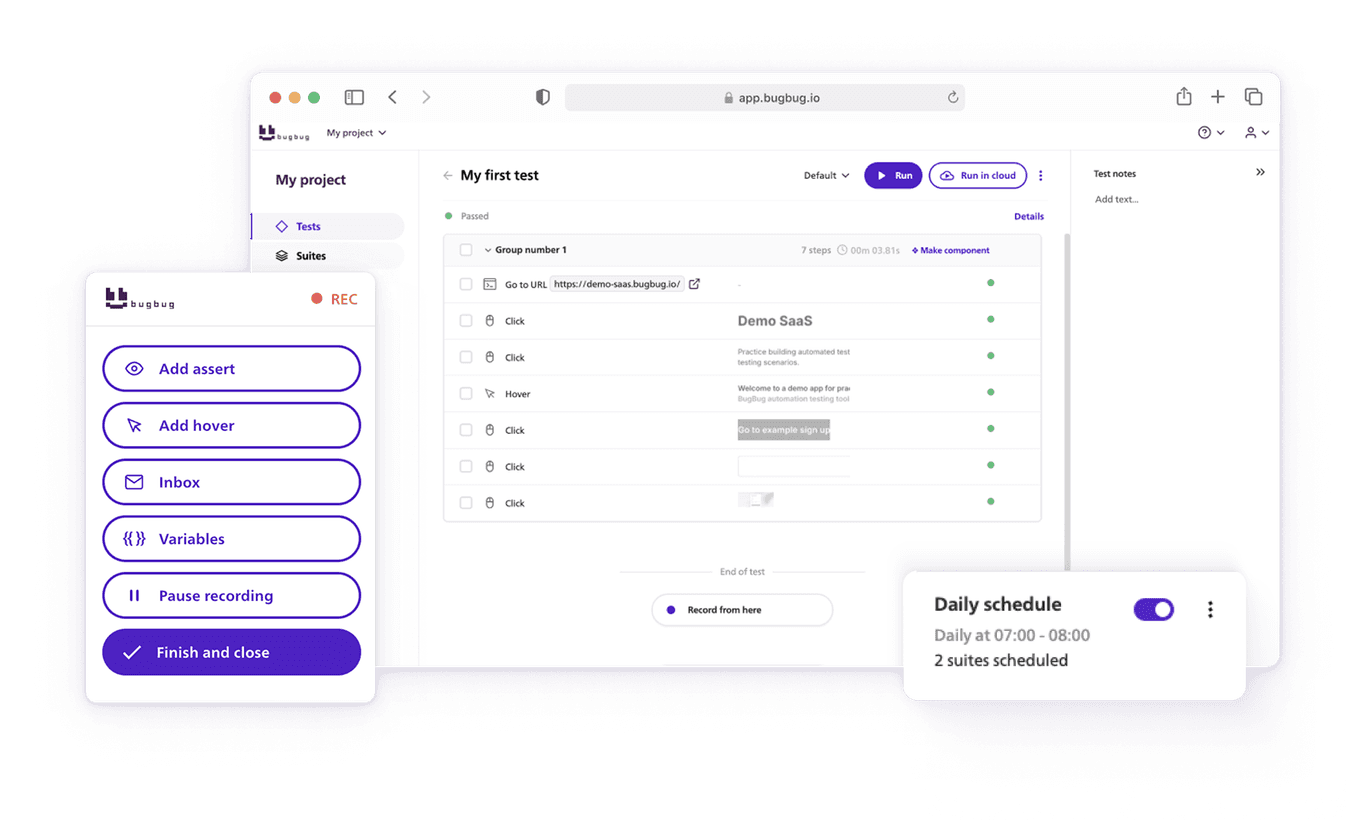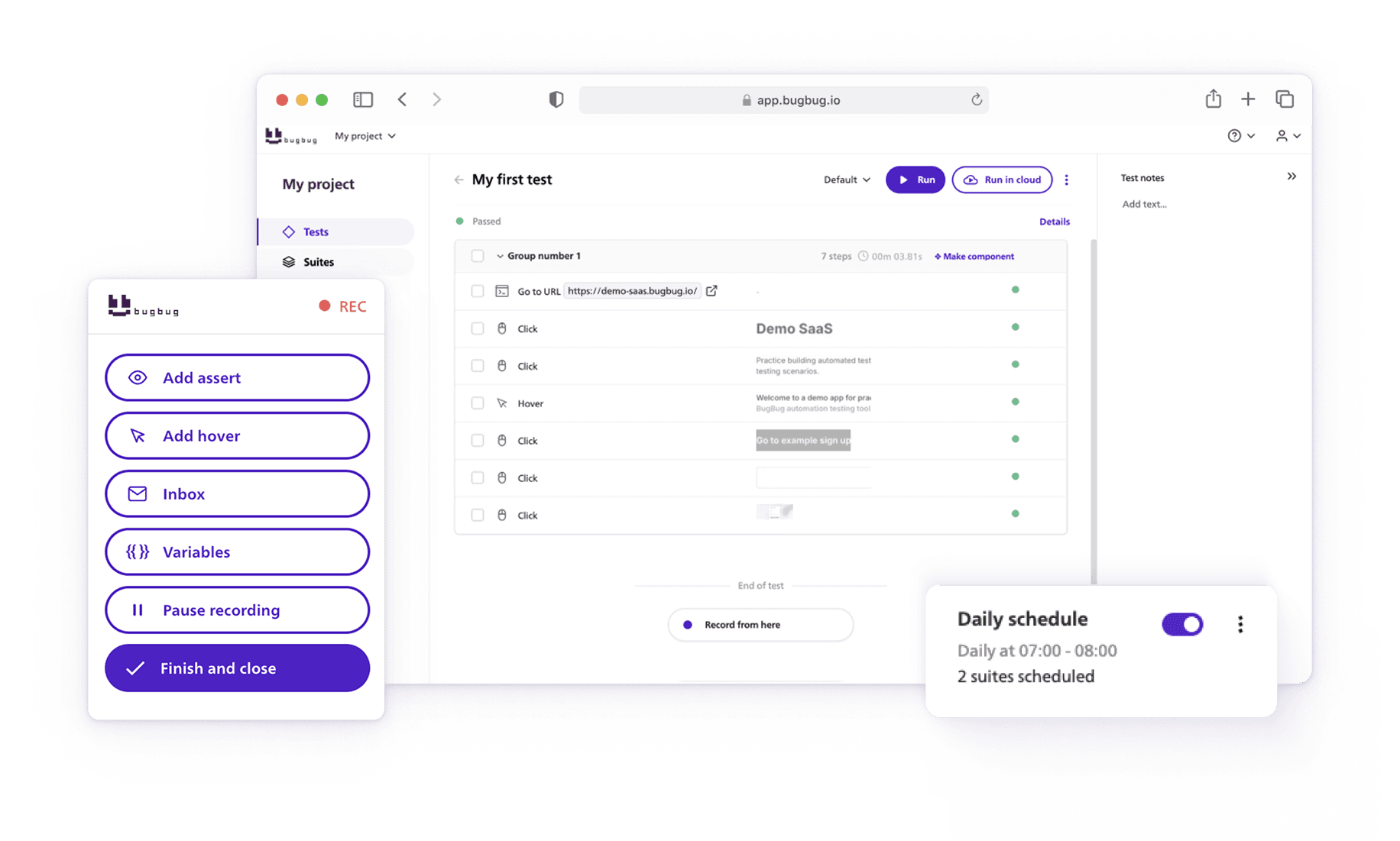In software development, ensuring a software product functions as intended is crucial for delivering a seamless user experience. However, software often exhibits unexpected behavior due to various issues that arise in the development process. These issues can be classified as bugs and defects, but many testers and developers often struggle to understand the difference between these two terms.
In this guide, we’ll break down the difference between a bug and a defect, explain their causes, provide examples, and discuss best practices for identifying and managing them using bug tracking systems like JIRA.
🎯 TL;DR - Difference Between a Bug And a Defect
- Bug vs. Defect Difference: A bug is an error in the code that causes unexpected behavior, while a defect is a deviation from requirements found during testing.
- Causes and Types: Bugs arise from coding mistakes, integration issues, or performance flaws, whereas defects stem from requirement misalignment, communication gaps, or compatibility issues.
- Tracking and Fixing: Bugs are managed using tracking systems like JIRA, while defects require test management tools and thorough validation before resolution.
- Best Practices: Prioritize issues based on severity, automate testing for efficiency, maintain clear documentation, and conduct regular integration tests.
- Collaboration is Key: Effective bug and defect management requires coordination between developers, testers, and stakeholders to ensure high software quality. 🚀
Check also:
👉The Ultimate XPath Cheat Sheet
👉Complete Guide to Low Code Automation
👉Top Cypress Alternatives in 2024
What Is a Bug in the Software Industry?
A bug in software testing refers to an error in the code that causes the software to behave differently than expected. It occurs when the actual result of a function does not match the expected result during any stage of development.
In simpler terms, a bug is an issue that prevents a software system from working correctly. These errors can be found at any phase, from coding to integration testing, and they can lead to major issues if not detected early.
Causes of Bugs
Bugs occur for multiple reasons, including:
- Coding errors made by different developers
- Integration bugs when combining various software components
- Security bugs that expose vulnerabilities in a system
- Unintended actions triggered by improper logic in the code
- Performance defects that slow down an application
- Bound bugs due to incorrect handling of input limits
Types of Bugs
Depending on which part of the software the problem occurs, there are several types of bugs, including:
- Syntax Defects – Errors in coding structure that cause failures in execution
- Logic Errors – Incorrect implementation of business logic
- Performance Defects – Bugs that reduce software quality by making it slow or unresponsive
- Security Bugs – Vulnerabilities that expose sensitive data
- Integration Bugs – Failures that occur when combining software components
Examples of Bugs
- A login form displaying error messages despite correct credentials
- A button failing to trigger the intended functionality
- An application crashing due to excessive memory usage
What Is a Defect in a Computer Program?
A defect is a deviation from requirements that occurs in a software product when it fails to meet specified test cases. Unlike a bug, which refers to errors in the code, defects occur when the final output of the software does not meet user expectations.
In software testing, defects are usually found by the testing team during thorough testing of the application before release. A defect may be introduced at any stage of development that leads to a software system not functioning as intended.
Causes of Defects in Software
- Incorrect requirements gathering during the development process
- Poor communication between developers, testers, and stakeholders
- Lack of automation in testing, which fails to catch critical issues
- Errors introduced during code modifications instead of adding proper validation
- Issues related to hardware/software compatibility
Types of Defects
Defects can be classified based on their impact on the software system:
1. Software Defects Depending on the Aspect They Affect
- User Interface (UI) Defects – Misaligned buttons, broken layouts
- Functionality Defects – Features not working as expected
- Security Defects – Unauthorized access, data leaks
2. Defects by Severity
- Minor Defects – Non-critical UI glitches
- Major Defects – Functional issues impacting core features
- Critical Issues – Security vulnerabilities, bugs that prevent the system from working
3. Defects Prioritized by Business Impact
- High Priority Defects – Must be resolved before release
- Medium Priority Defects – Can be fixed post-launch
- Low Priority Defects – Minor error occurs but does not affect usability
Examples of Defects
- A management tool missing required permissions for admins
- A checkout page in an e-commerce platform failing to process payments
- A testing phase failing due to incorrect calculations in an automation tool
Bug vs Defect: Key Differences
| Aspect | Bug | Defect |
|---|---|---|
| Definition | An error in the coding phase | A deviation from expected behavior |
| Found By | Developers, testers | Testing team, customers |
| Occurs In | Development process | Testing phase |
| Examples | Logic errors, syntax defects | Functionality mismatches, missing features |
| Severity | Can range from minor to critical | Typically high severity |
| Resolution | Fixed through bug tracking systems | Fixed by modifying requirements |
The key difference between bug and defect is that a bug refers to errors in the code, while a defect is a deviation from requirements in the software system. Understanding the differences between bugs and defects occur is crucial for delivering high-quality software.
How to Track and Fix Bugs and Defects?
👉Check out our guide on how to fix flaky tests.
How to Track and Rectify a Bug
- Use a bug tracking system like JIRA
- Document the bug report with error messages and steps to reproduce
- Conduct integration testing to catch bound bugs
- Assign the issue to a developer for fixing
How to Track and Rectify a Defect
- Conduct thorough testing to ensure the software product meets requirements
- Use test management tools to monitor test cases
- Work with different developers to correct requirement mismatches
- Validate the fix using automation and manual testing
Best Practices for Bug Tracking and Defect Management
- Use a Dedicated Bug Tracking System – Tools like JIRA help organize and manage fixing bugs efficiently.
- Prioritize Based on Severity – Address critical issues first to minimize risks.
- Implement Automation in Testing – Helps identify and fix code errors faster.
- Ensure Clear Documentation – A well-documented bug report speeds up resolution.
- Conduct Regular Integration Testing – Helps detect unexpected behavior in software quality.
Conclusion
Understanding whether an issue in a programme is a bug or defect is critical for maintaining high software quality assurance. While a bug is typically an error found during the testing phase, it may lead to a defect if not properly addressed. On the other hand, a defect is called a defect when it deviates from expected functionality in a quality software product.
Neglecting defects in your software can result in software failure occurs, damaging the company’s reputation. To ensure a smooth software development life cycle, it is essential to implement unit testing and structured bug tracking.
Action Points for Effective Bug and Defect Management:
- Understand the Bug Before Fixing – Before attempting to resolve the bug, analyze its core differences from other reported issues.
- Prioritize Bugs Based on Impact – Not every software fault arises as a really major issue, but critical bugs must be addressed immediately.
- Implement Thorough Testing – Conduct unit testing and regression tests to ensure that a defect reappears only when necessary for debugging.
- Use a Defect Tracking System – Proper documentation helps teams view your defect history and track when a software error occurs.
- Fix Small Issues Before They Escalate – A small issue left unresolved can quickly evolve into a software failure occurs scenario.
- Collaborate Across Teams – Developers, testers, and managers must work together in bringing the issue to resolution and marking your issue as fixed.
- Follow Industry Best Practices – Refer to expert insights, such as those on blog-qameta.io, to stay updated on identifying and fixing bugs effectively.
By integrating these best practices, companies can maintain the quality of the software, minimize defects, and build a robust, error-free software development life cycle. 🚀
Happy (automated) testing!



